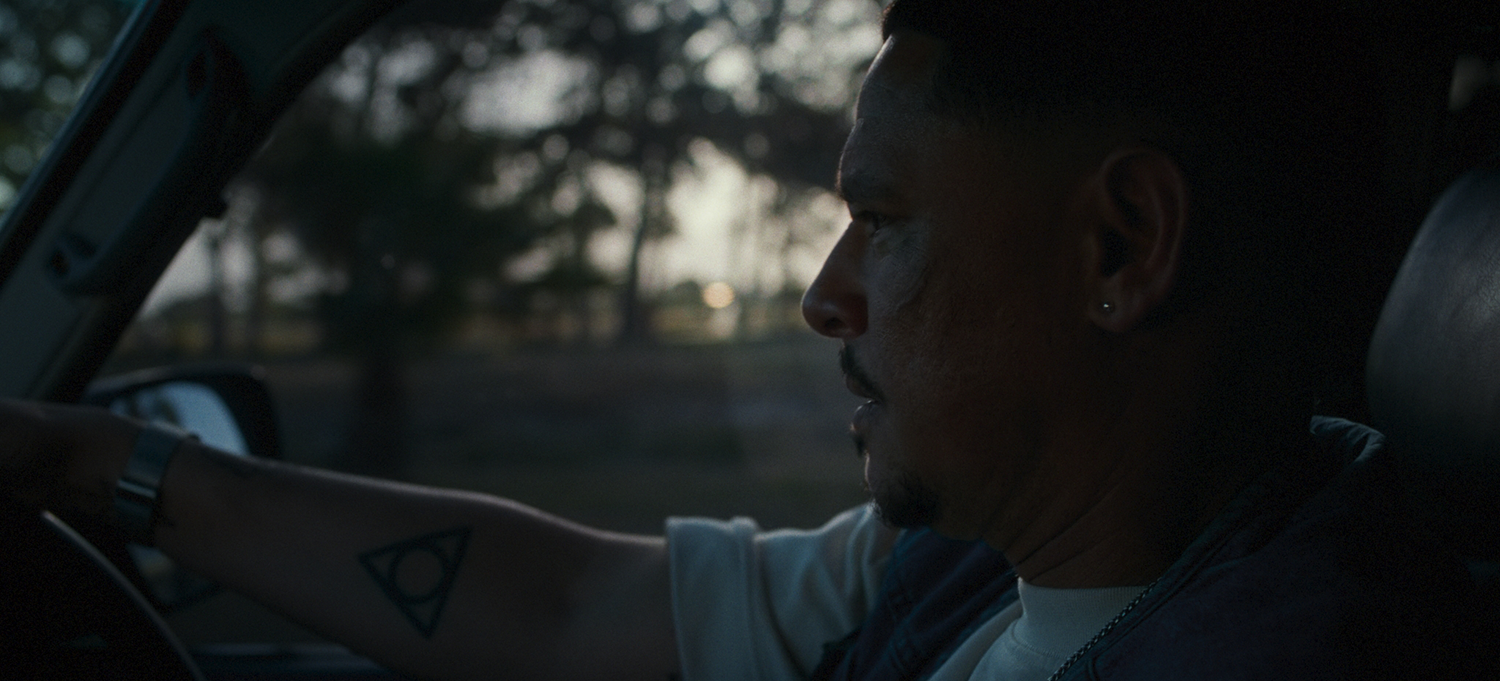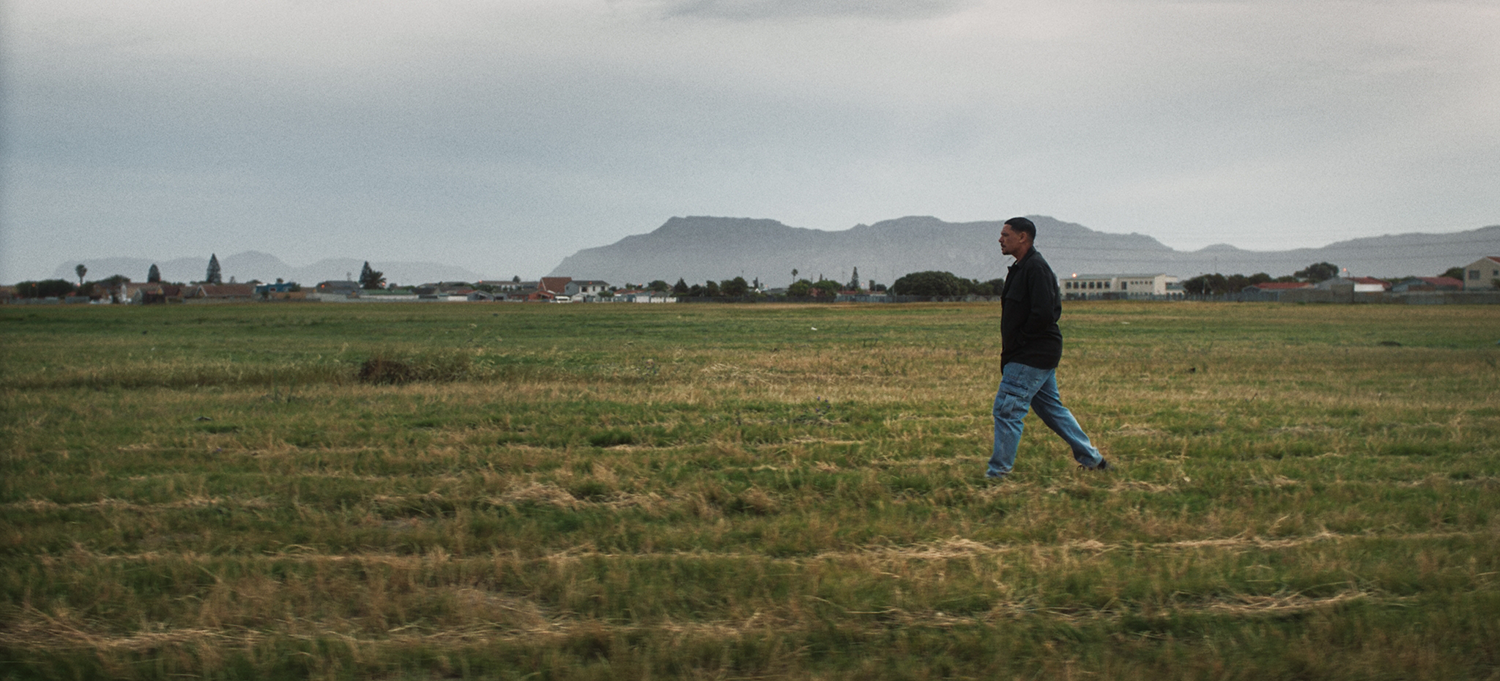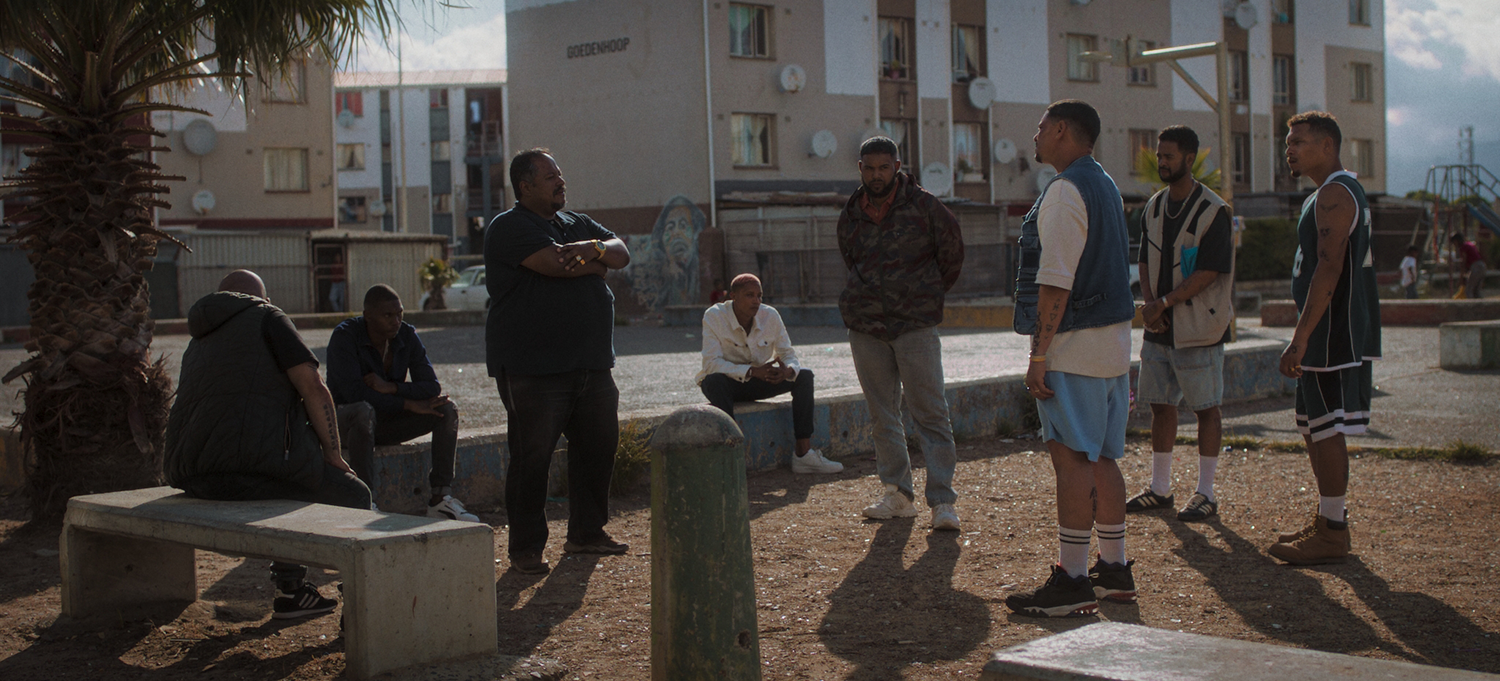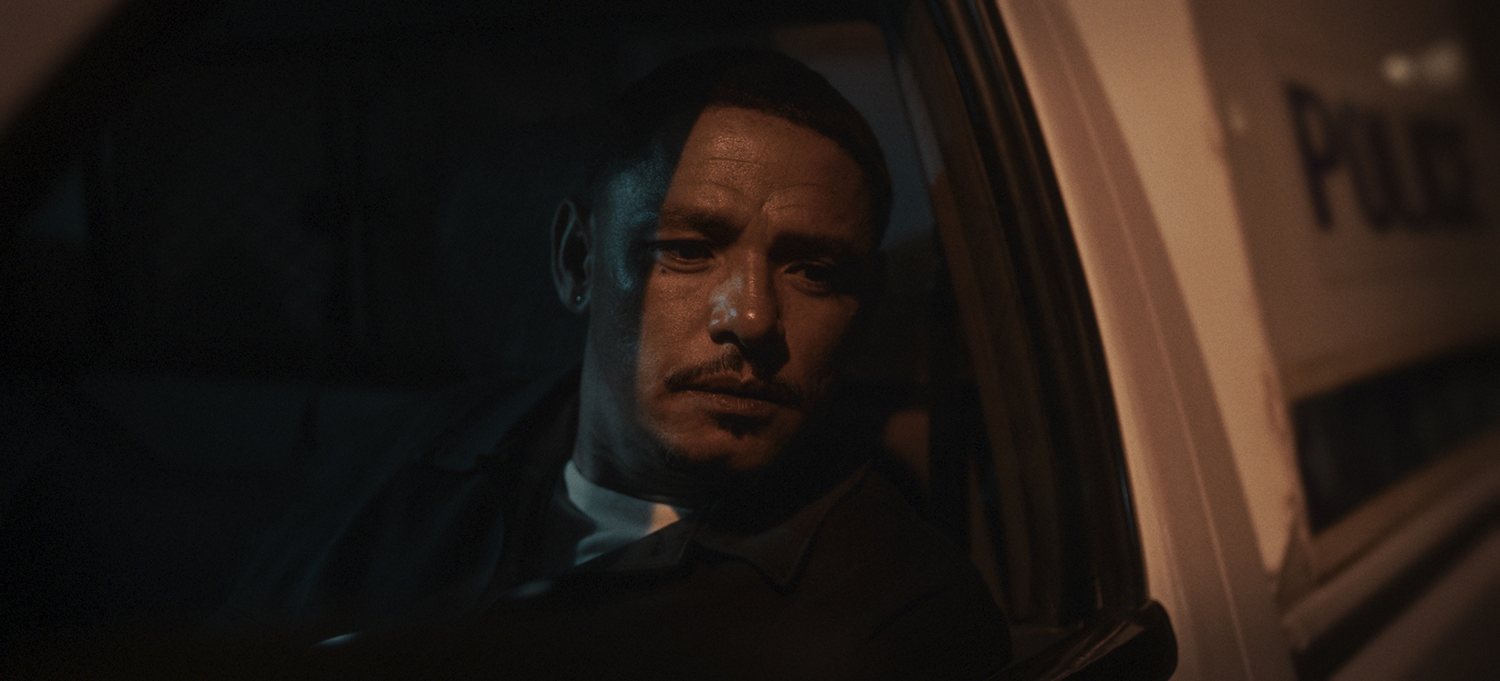



Feature Film: The Heart is a Muscle
The Heart is a Muscle follows Ryan, a young father whose son goes missing during a birthday gathering. What unfolds is more than a search for a child – it becomes a reckoning with history, masculinity, and the ghosts we carry without knowing.
Director and writer Imran Hamdulay shares more about how he brought his debut feature to life:
The title The Heart is a Muscle suggests both emotional memory and physical endurance. In your view, is the heart in this story something that remembers, carrying inherited pain, or simply a muscle that keeps going, focused on survival?
I believe both interpretations are true. The story lives in a space between opposites: between emotion and physicality, between memory and motion, between fragility and endurance. In families and communities like mine, there are fractures left by history, by time, by apartheid, and by inherited silence. The body often becomes the last remaining archive.
The heart, our essence, carries all that remains unspoken: vulnerability, inherited shame, gestures passed down without words. There is a kind of memory in that one sometimes calls out for reimagining, for a way to be seen and named again.
The title came quite late in the process, only when the movie was nearing completion. I needed to experience the film in its final form to fully understand what it had become, from its original conception to its shape on screen.
The character Ryan is written as a loving but deeply flawed man. What was your approach to capturing the complexity of modern masculinity in South Africa?
Often, the way we speak about masculinity is through the lens of dominance, detachment, and brute force, and rightly so. There is still important work to be done in holding men accountable for violence and harm. But as a writer and director, I am always interested in digging deeper. I am drawn to the quieter, more fragile terrain of masculinity – the parts that speak to healing and forgiveness. I wanted to explore that space and ask, “What does it mean for a man to forgive his father? To forgive himself?”
Masculinity does not begin or end with us. It is something we inherit and something we pass on. It is filled with ghosts. And perhaps, if we are brave enough, we as men can begin to speak to those ghosts with honesty and tenderness, instead of silence.
Ryan is a flawed man, like so many of us. He wants to love better, to show up as a husband, a father, a friend. But he is not equipped with the tools. He is fumbling towards a version of himself that he cannot yet name. That is where the story lives – in the effort. In the moments where he must confront the broken parts of himself and begin the slow, uncertain work of change.
How does the film explore the idea of inherited trauma, especially in the context of Cape Town’s social history?
The Cape Flats carries a very specific weight. It is a uniquely South African and a uniquely Cape Town inheritance. It holds the residue of forced removals, fractured families, and systems that broke people. And yet, out of that brokenness, there is music, faith, laughter, and colour. Those complexities are always present.
The Cape Flats contains both damage and defiance. Ryan’s story cannot be told without acknowledging that tension. His journey is not only personal, but also spatial, generational, and deeply tied to the landscape. He is a man caught between worlds, between the harsh lessons of his father and the physical scars left by his environment.
The film flirts with genre elements before shifting into a more introspective tone. How did you navigate that tonal shift?
For me, a film is something alive. It is not a fixed idea to impose on an audience. From development through to the final edit, the film continues to reveal new layers, new resistance, and new truths. When I think about the tonal shifts in The Heart is a Muscle – how it begins with genre elements and tension and then moves into something more meditative and internal – I see that as an organic unfolding rather than a calculated decision.
Initially, the unease stems from the characters’ emotional states. But as Ryan is forced to sit with himself, the film naturally begins to slow down. I had to let Ryan guide me instead of imposing a structure on the story.
Keenan Arrison delivers a raw yet restrained performance as Ryan. How did you work together to build a character who feels both stoic and on the verge of collapse?
Keenan is just immense. I am still so moved by his performance. I didn’t know him personally before this film, but I always had him in mind while I was writing. There was something about his quiet intensity in Shirley Adams that stayed with me for years.
He understood the character immediately. I loved that he didn’t try to philosophise or moralise. He works on instinct and emotion. We didn’t rehearse in a traditional way. Instead, we spent time talking about our fathers, about rhythm, about music and life. We spoke about emotional landscapes and what lies beneath the surface. At some point, I simply handed Ryan over to Keenan. He possesses that quality some actors have: the ability to convey so much with a look, a breath, or a pause.
The rest of the cast were extraordinary – from Melissa de Vries and Dean Marais to Loren Loubser, Danny Ross, Ridaa Adams, and Robyn Roux. I am continually in awe of all these talented performers. Honestly, they made me look good as a director. All I had to do was stay out of their way.
